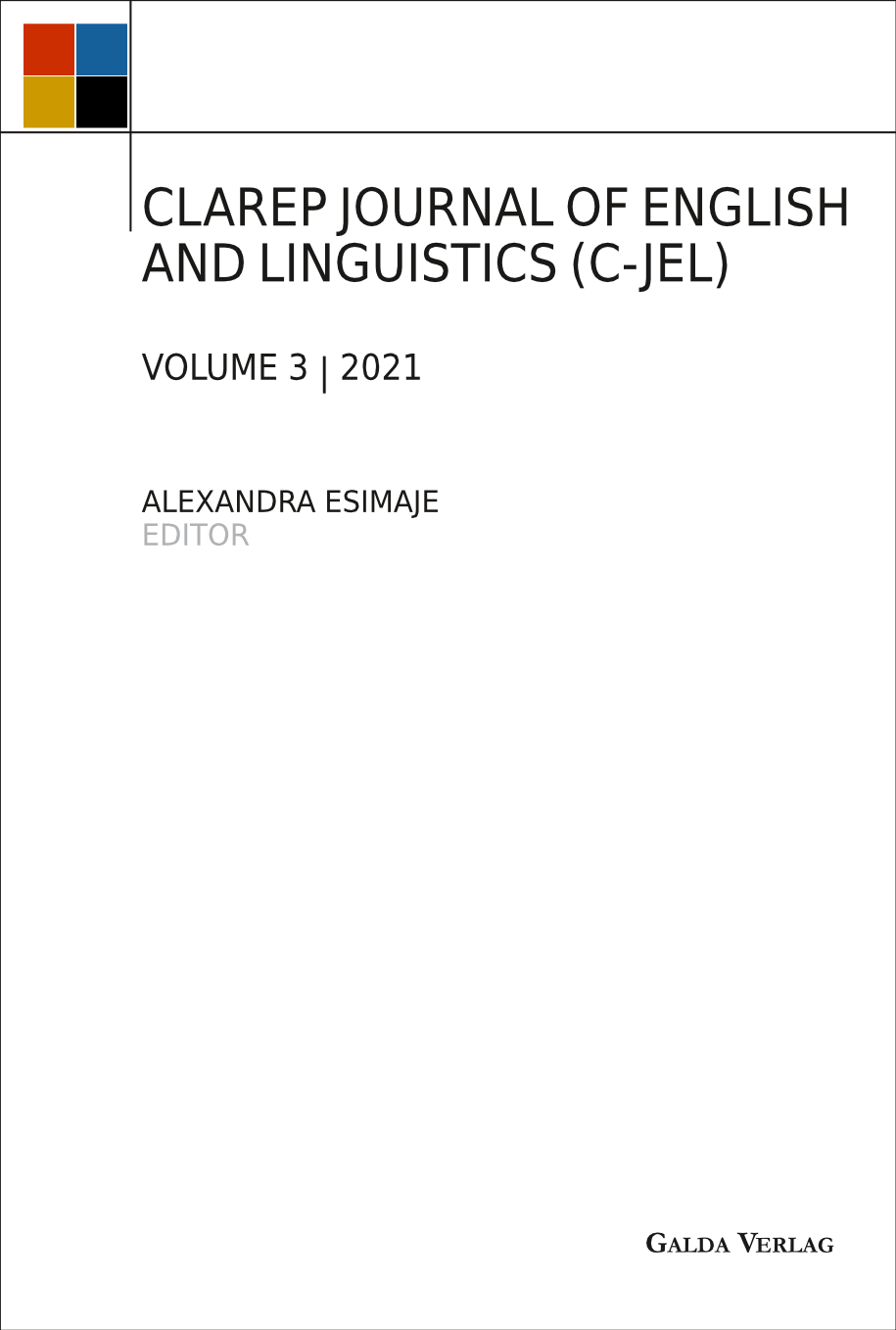English Language Teaching from Behaviourism to Interactionism: Implication for Second Language Teaching
CLAREP Journal of English and Linguistics (C-JEL)
Author: Uche Gbenedio
Institution: University of Benin, Nigeria
Email: uchegbenedio@yahoo.com
Abstract
This paper examines diachronically, the philosophical, psychological and linguistic theories that have propelled language teaching over the years. It proposes that the pedagogical procedures of teaching English as a Second Language at all levels should gain from these rich theoretical resources and the vast repertoire of methodological approaches arising from them including the ‘new methods’. The foundations of human learning expressed in Behaviourism, Innatism, Cognitivism, Constructivism and Social-Pragmatism as well as the Interaction theories have contributed variously to Second Language teaching and learning. While some of the theories have emphasised physical patterns, others have emphasised mental patterns and each group has contributed to teaching methods and practices of language teaching. In this paper, the major contributions of each group are interrogated via a descriptive study of the theories. The paper concludes that no matter the method the second language teacher elects to use, a well-adapted and conducive learning environment can maximise the contributions from each of these theories to make L2 teaching more successful.
Keywords
Behaviourism; innatism; cognitivism; constructivism; social pragmatism; interactionism; ELT.
Pages: 249-271
ISSN: 2698-654-X
ISBN: 978-3-96203-205-0 (Print)
ISBN: 978-3-96203-206-7 (PDF)
DOI: https://doi.org/10.56907/gsykb7az

